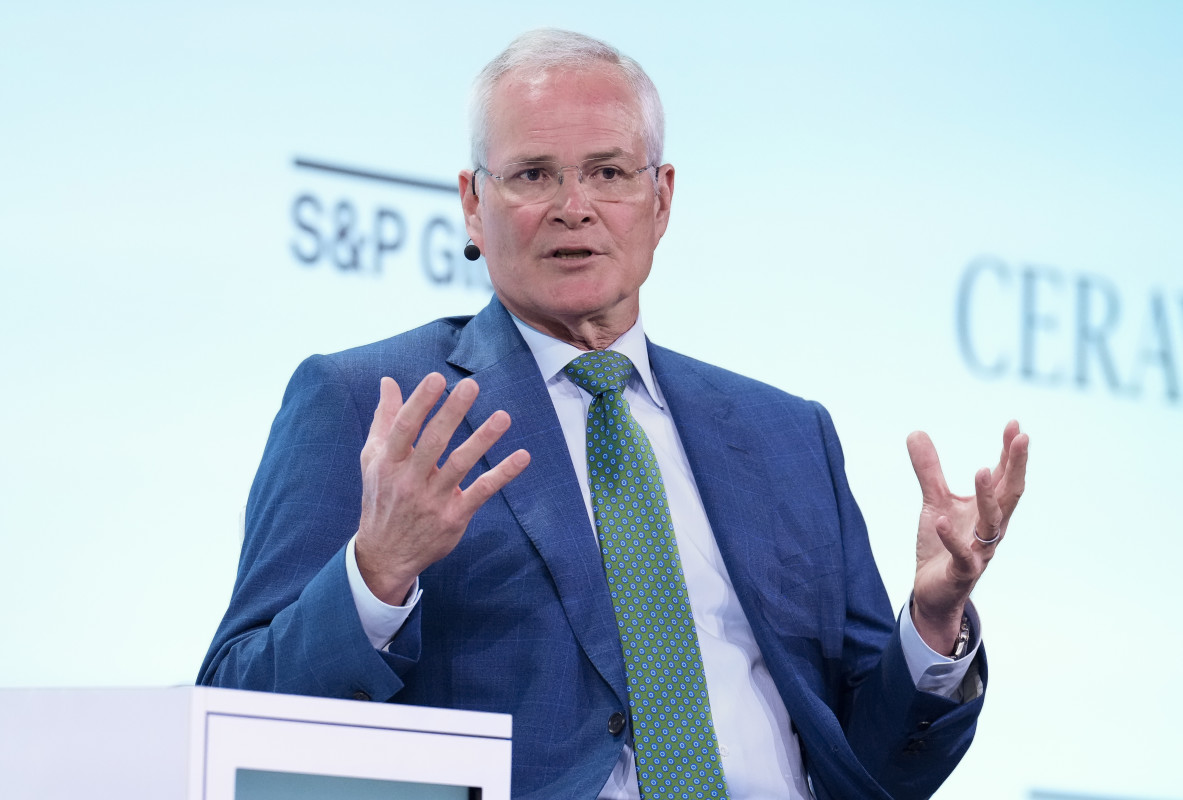
Oil prices are notoriously volatile, with a myriad of factors pushing and pulling supply and demand. Those factors include economic growth and geopolitical conflict.
U.S. crude oil prices have soared 22% so far this year, reaching as high as $87.63 on Friday before settling at $86.91 a barrel.
A rebound in global economies has boosted demand, while wars in Ukraine and Gaza have squeezed supply.
You’ve probably noticed the difference in gasoline prices at the pump. Gas, of course, is refined from crude oil. The average national price for regular gas totaled $3.59 per gallon Saturday, up 6.1% from $3.39 just a month ago, according to AAA.

Tales of an Oil Rally
Greg Sharenow, head of the commodity portfolio management group at Pimco, thinks oil prices will remain elevated.
One concern is that Iran may attack Israel, leading Israel to hit Iranian energy facilities in retaliation, he told Bloomberg. “The way in which I think it really impacts the broader oil balances is whether Israel responds by looking to attack Iranian energy infrastructure.”
Related: Analysts issue unexpected crude oil price forecast after surge
Also, at a meeting of the Organization of Petroleum Exporting Countries (OPEC) and its allies this week, ministers urged some countries to fall more in line with the group’s agreed-upon output cuts.
OPEC said some countries would compensate for the first quarter's excess production. It also said Russia would change from limiting exports to limiting output.
"If those compensation cuts get implemented, and Russia switches their export cuts to crude cuts, OPEC+ production should trend lower in the second quarter,” UBS analyst Giovanni Staunovo said, according to Reuters. “That’s a period when demand seasonally picks up."
Analysts at Truist predict oil prices will stay above $80 this year, thanks to geopolitical risk, OPEC production limits, and buoyant economic growth.
Related: Goldman Sachs unveils commodity price targets ahead of rate cuts
Happy Times for Exxon Mobil
The oil-price ascent is obviously good for production giant ExxonMobil (XOM) . As recently as 2013, it had the highest market capitalization in the world before oil’s importance dimmed. While it's no longer the biggest company by valuation, its $482-billion market cap trails only Saudi Aramco in the energy sector.
More Wall Street Analysts:
- Analyst unveils Nvidia stock price 'line in the sand'
- Analyst revamps homebuilder stock price target before Fed rate call
- Analysts revamp Nvidia price targets as Blackwell tightens AI market grip
In any case, Exxon stock has jumped 21.4% year to date (just about matching the increase in oil prices) to $121.37 Friday.
The company’s strength led Truist analysts to lift their price target for Exxon’s stock by 4% to $146 from $140 previously, based on valuation multiples.
One of the multiples is free cash flow-to-enterprise value yield. The analysts maintained their buy rating.
Meanwhile, Morningstar analyst Allen Good has boosted his fair value estimate by 8% to $133 a share from $123.
Related: Analyst revamps Occidental Petroleum stock price target after oil rally
“While many of its peers are diverting investment to renewables to achieve long-term carbon-intensity reduction targets, Exxon Mobil remains committed to oil and gas,” he wrote in a commentary.
It’s not that Exxon has been totally resistant to industry changes. “It has responded to calls to bring more outside voices to its board and announced emission-reduction targets,” Good said.
“It's also investing in low-carbon technologies.”
However, “these efforts are measured and keep oil and gas production at the core,” he said. “While this strategy is unlikely to win praise from environmentally oriented investors, we think it's more likely to be more successful and probably holds less risk.”
The author owns shares of ExxonMobil.
Related: Veteran fund manager picks favorite stocks for 2024







